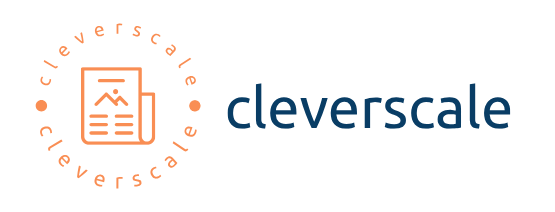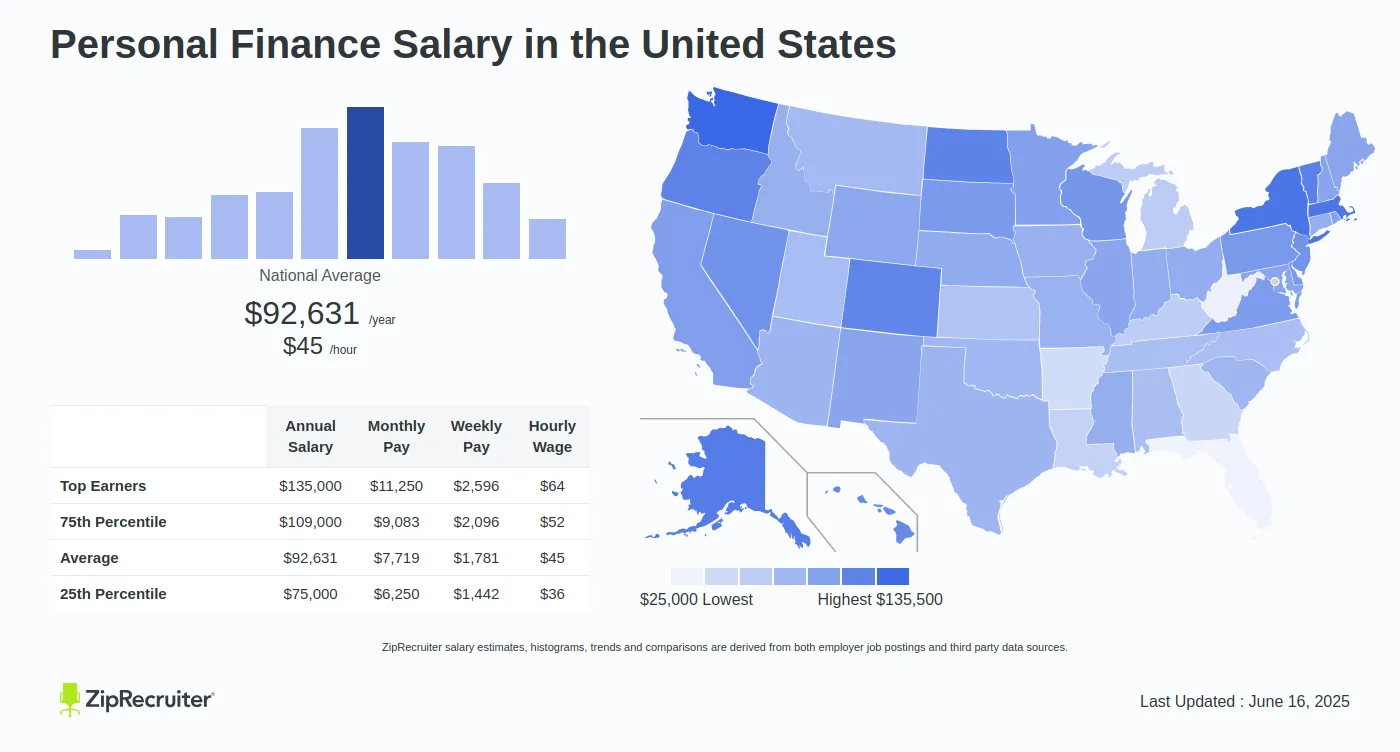It’s hard not to love the simple definition of typography… ‘the style and appearance of printed matter’. Originating in ancient Greece, typography has been used since as early as 1850-1600 BC. Nowadays, words really are everything. That includes the way that they are presented in the work of marketers, academics, the media and many other institutions. With the help of UK brochure printing firm Where The Trade Buys, let’s explore a bit around the interesting history of typography and its relevance in our modern world today.
The history of typography stretches back into antiquity
Signs of some of the most historic typography have been detected on brick stamps, uncovered in the Mesopotamian city of Uruk, dating back to the second millennium BC. Copies of intricate characters were carved into these materials, and they symbolise one of the first recorded forms of text. The Babylon Kingdom used wet clay as the base for surface impressions created by cylinder seals, demonstrating how the history of typography stretches all the way back into antiquity.
The early Greeks used a circular instrument known as Phaistos Disc, with distinctive imprinted symbols on both sides. The disc was pressed onto paper to print the words, and it was the first notion in history of typography as a printed, visible typeface. Progression followed in China as Bi Sheng (990-1051) invented the first movable type, which inscribed words and symbols through printing with wooden or ceramic objects. Europeans in the thirteenth century used similar single letter tiles to tell stories on walls, and it remained popular until the prolific (yet extremely secretive!) German inventor Johannes Gutenberg created the first movable metal printing tool in the mid-fifteenth century. His invention was said to be composed of a metal alloy, whereby the metal would melt quickly, and cool rapidly to form reusable type. The oil-based ink adhered well under firm pressure to paper and vellum, and it was originally produced from processes involved in the production of wine. This was a notable development and it triggered the Printing Revolution, from which the world’s first movable type book emerged — the Gutenberg Bible. As for his legacy, Gutenberg’s namesake now lends itself to its very own family of fonts!
Technology paved the way for a new kind of typography
Strides forward have not stopped since the twentieth century, as technology paved the way for a new kind of typography facilitated by the development of personal computers. Designers from the 1980s onwards could design their own typefaces using online software, meaning that typography could be created quicker, to suit a variety of purposes. With this advance, the associated costs were also lowered, and this prompted a movement known as the ‘democratization of type’, and it facilitated an influx of new, aspiring designers to enter the field.
Typography is now used to capture the style and identity of target audiences
Typography has grown and taken on a whole new meaning from its origins; it is regarded as a sign of clarity and transparency. Fashion retailers use typography to capture the style and identity of their target audience, just as how printed newspapers choose their fonts wisely to grab the attention of the reader. Contemporary artists such as David Carson are known to use experimental typography, taking conventional type and placing it in a new setting for artistic purpose. Typography is a common strategy in modern advertorial campaigns, creating punchy, clever graphics through the media of words.
We still place as much value in typography as those who used the printed words first. Taking the time to inscribe and print individual symbols may be a thing of the past now, as centuries later they are readily available to use as a universal format. While the processes involved in creating typography may have become a lot quicker, words remains as important as ever.
https://www.britannica.com/biography/Johannes-Gutenberg
http://www.ancientpages.com/2014/12/30/chinese-invention-worlds-first-known-movable-type-printing/
http://www.ancientpages.com/2014/12/30/chinese-invention-worlds-first-known-movable-type-printing/
http://www.historygraphicdesign.com/a-graphic-renaissance/printing-comes-to-europe/827-typography-2


